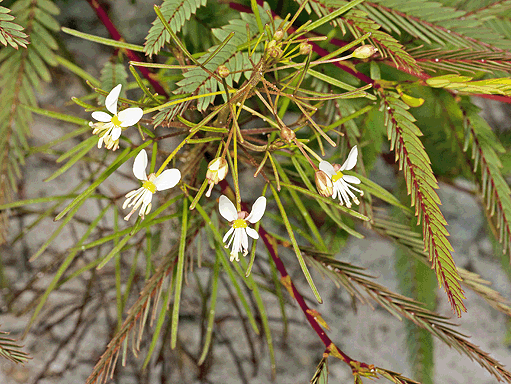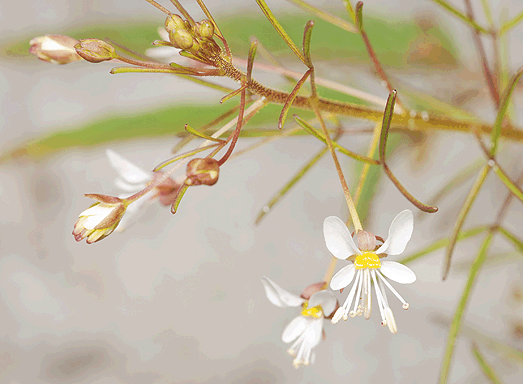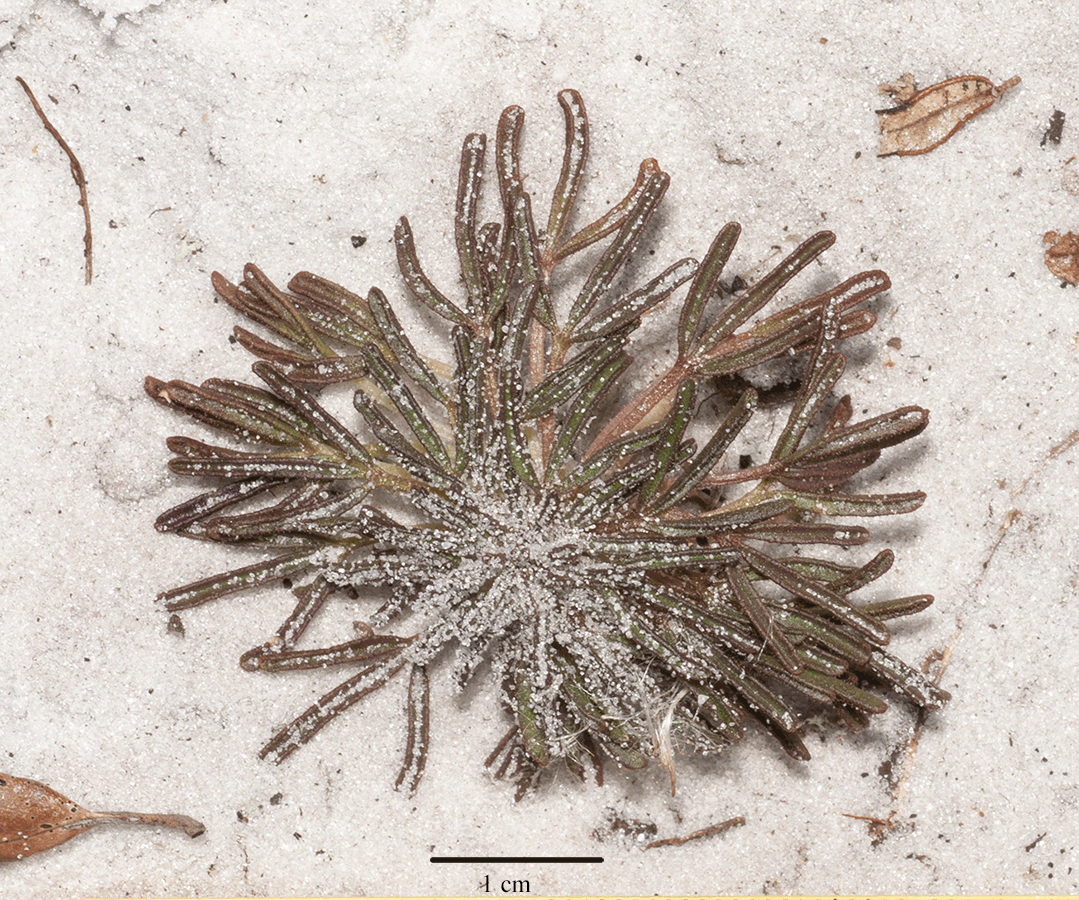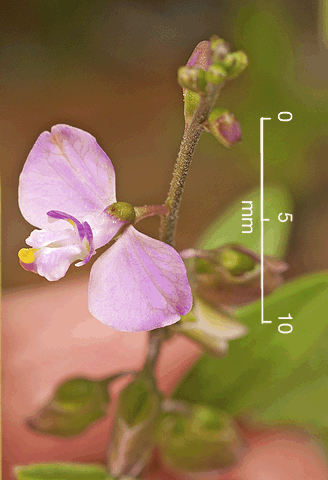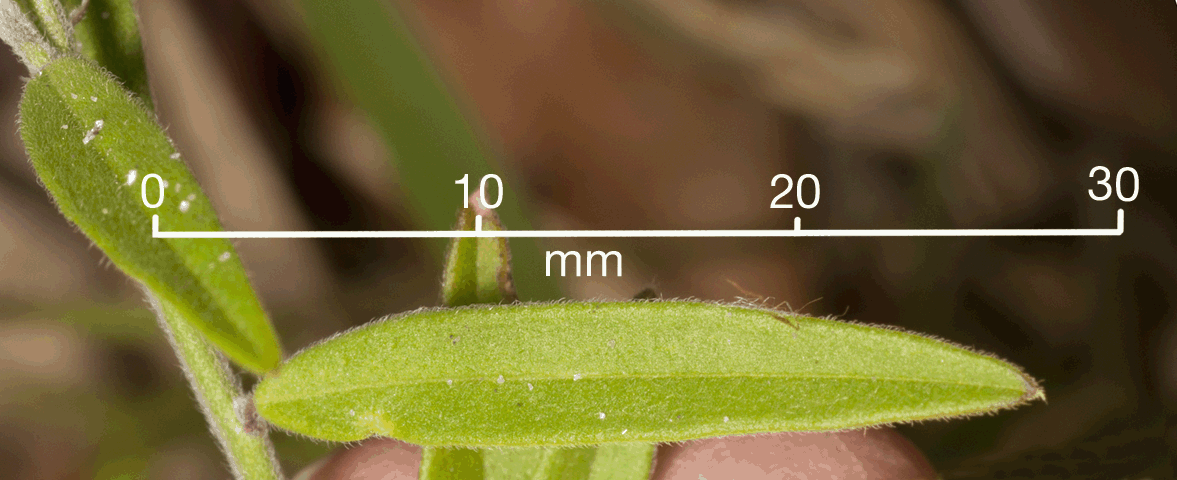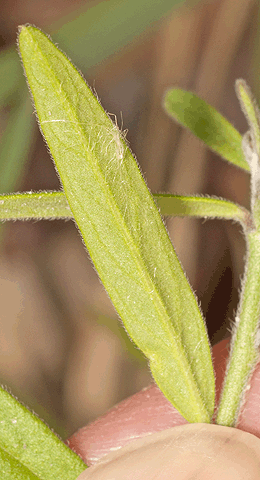Persea borbonia thru Polygala violacea
Species Name |
Common Name |
Persea borbonia |
|
Phyla nodiflora |
|
Physalis angustifolia |
|
Phytolacca americana |
|
Pityopsis gramnifolia |
|
Pluchea odorata |
|
Poinsettia cyanthophora |
|
Poinsettia heterophylla |
|
Polanisia tenuifolia |
|
Polygala violacea |
Persea borbonia Red Bay
|
Phyla nodiflora Fog Fruit / Creeping Charlie
|
Physalis angustifolia Coastal Groundcherry
|
Phytolacca americana Pokeweed
|
Pityopsis gramnifolia Narrowleaf Silk Grass
|
Pluchea odorata Pluchea / Salt Marsh Fleabane
|
Poinsettia cyanthophora Painted Leaf / Wild Poinsettia
Poinsettia cyanthophorais a native, erect, member of Family Euphorbiaceae (The Spurge Family). It has smooth stems, milky sap, and smooth leaves that are usually opposite. As shown above, there are many leaf shapes (linear to fiddle-shaped.) The plant grows 30 to 91 cm tall. Some individuals have red blotches at the base of each bract, while others have white blotches. The 3 to 5 mm wide yellow flowers are terminal with one or two nectaries. The nectar attracts insects, including butterflies. Fruit is 4.5-5 mm in diameter. The photograph at left shows both flowers and fruits. Painted leaf is the host plant of Erinnyis ello (Ello Sphinx) moth caterpillars.
|
Poinsettia heterophylla Fiddler's Spurge / Mexican Fireplant
|
Polanisia tenuifolia Pineland Catchfly / Slenderleaf Clammyweed
|
Polygala violacea Showy Milkwort
|
© Photographs and text by Susan Leach Snyder (Conservancy of Southwest Florida Volunteer), unless otherwise credited above.

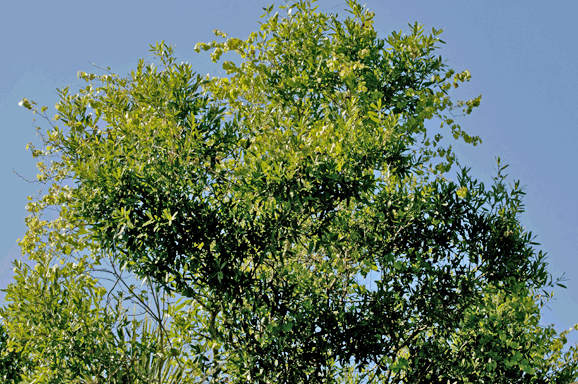 Persea borbonia is a member of Family Lauraceae (The Laurels). It grows as a perennial tree (up to 20 m tall) or a large shrub. Found in hammocks, sandy hills, and scub areas in the Southern United States, it is drought tolerant.
Persea borbonia is a member of Family Lauraceae (The Laurels). It grows as a perennial tree (up to 20 m tall) or a large shrub. Found in hammocks, sandy hills, and scub areas in the Southern United States, it is drought tolerant. 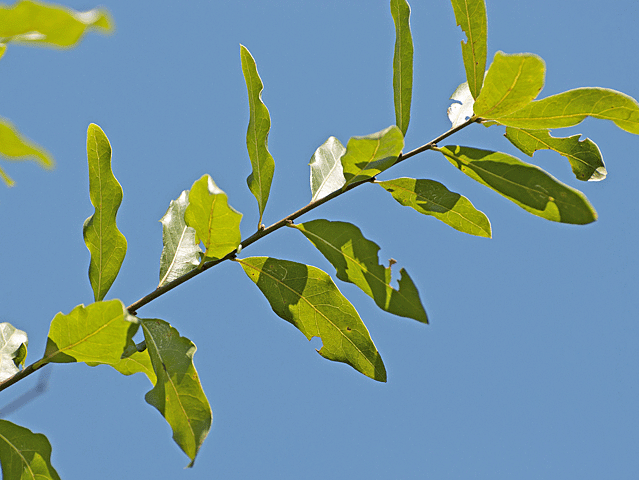
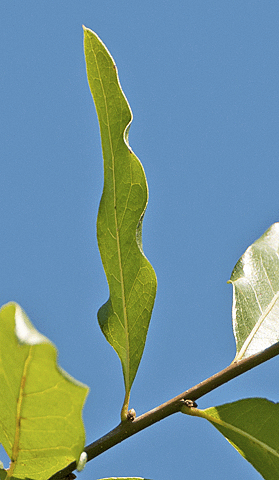
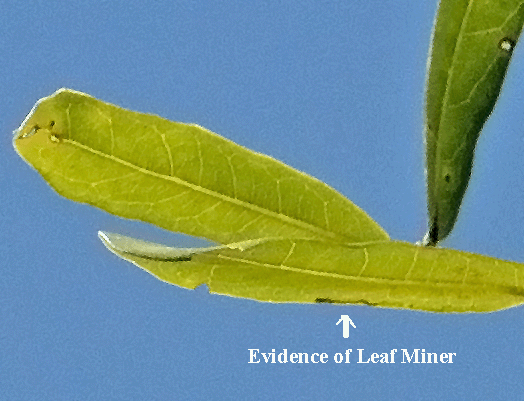
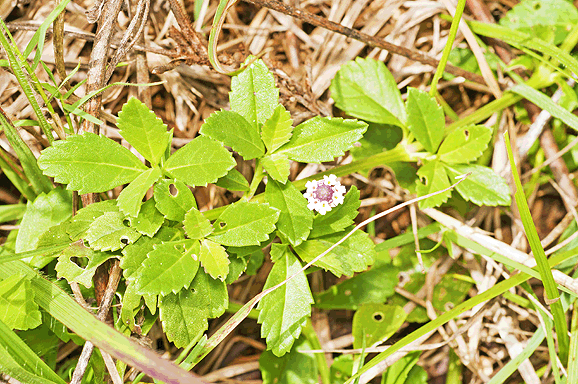
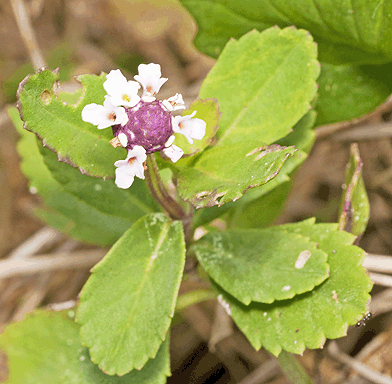
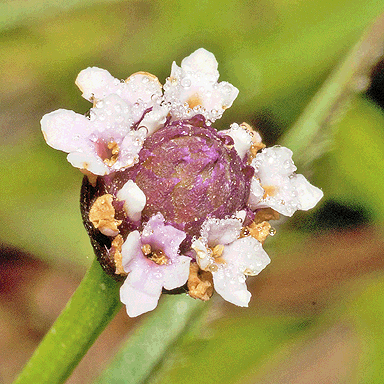
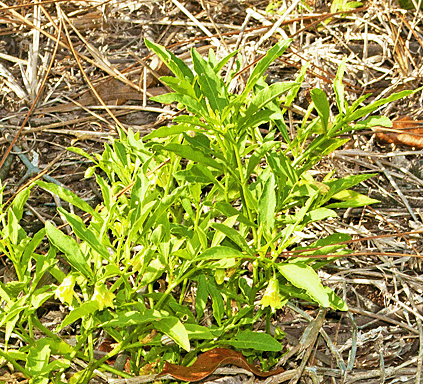

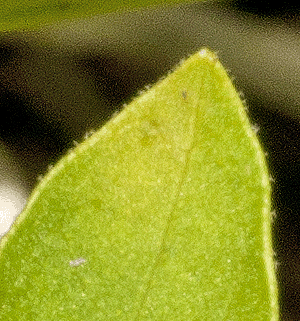
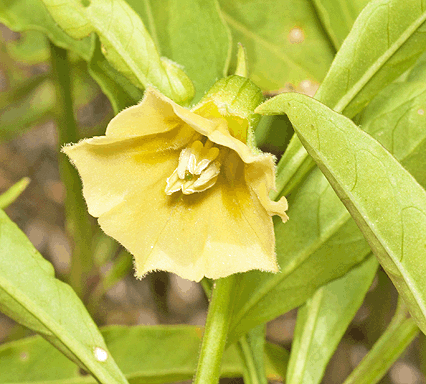
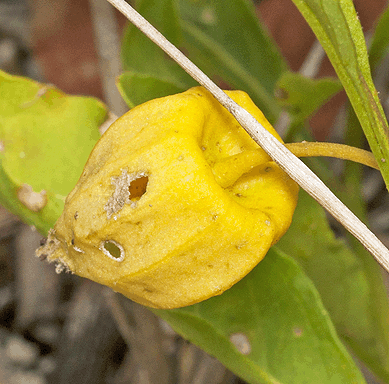
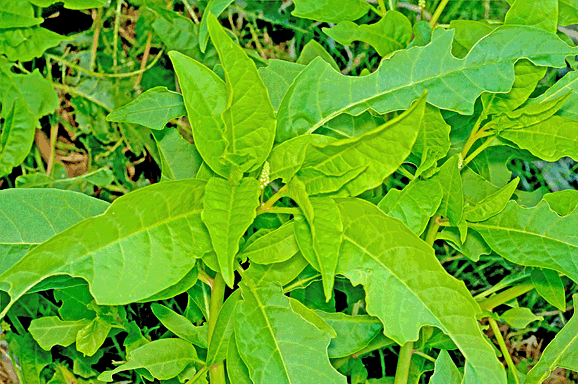
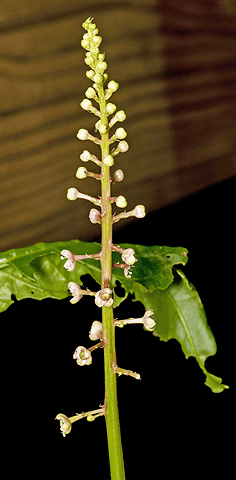
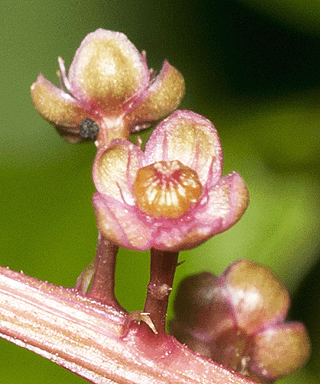
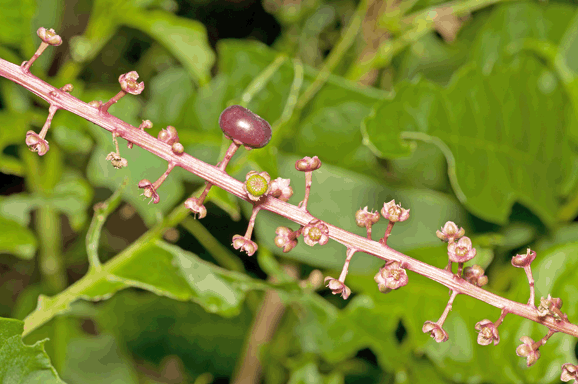
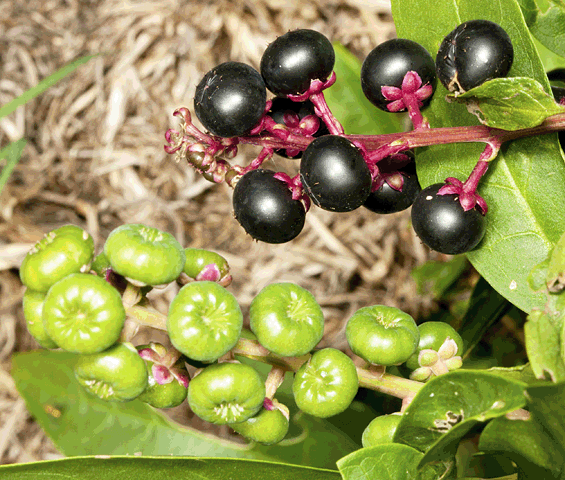

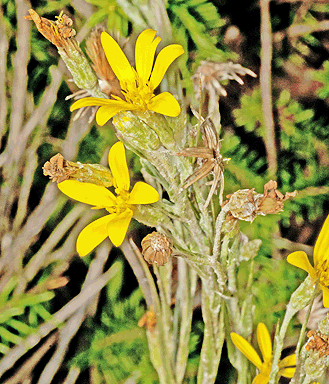
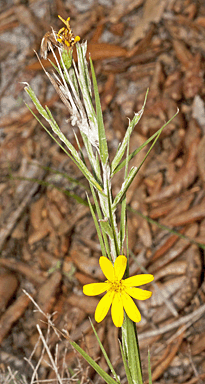
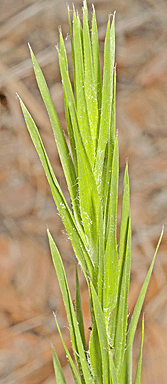
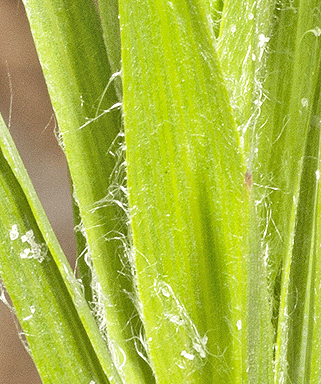
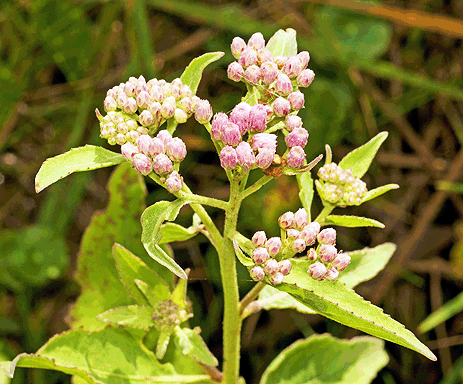
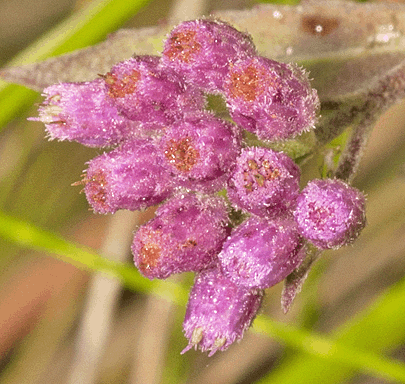
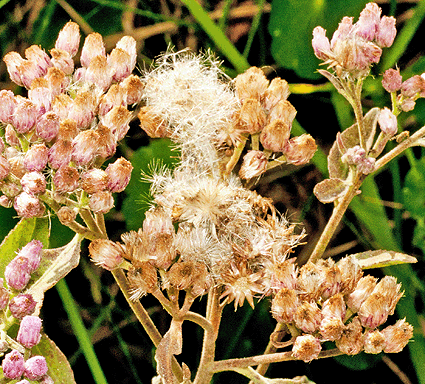
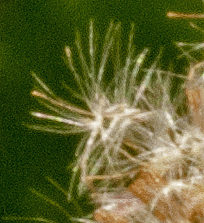 Each fruit is tiny and contains one seed tipped with a bristly modified calyx that functions as a parachute to enable it to be carried in the wind. Shown at left is a photo enlargement of many modified calyx "parachutes."
Each fruit is tiny and contains one seed tipped with a bristly modified calyx that functions as a parachute to enable it to be carried in the wind. Shown at left is a photo enlargement of many modified calyx "parachutes."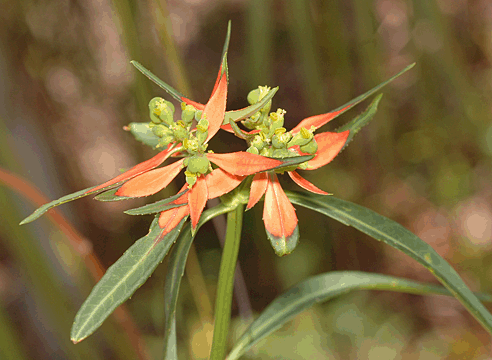
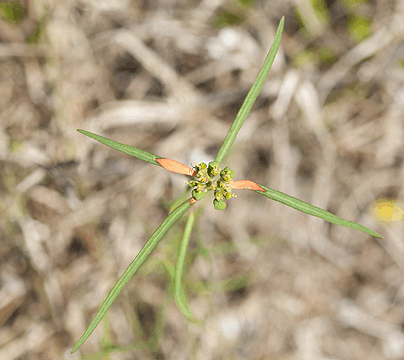
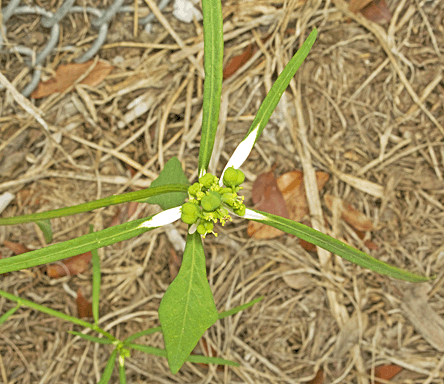
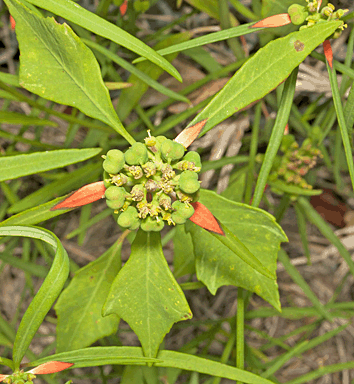

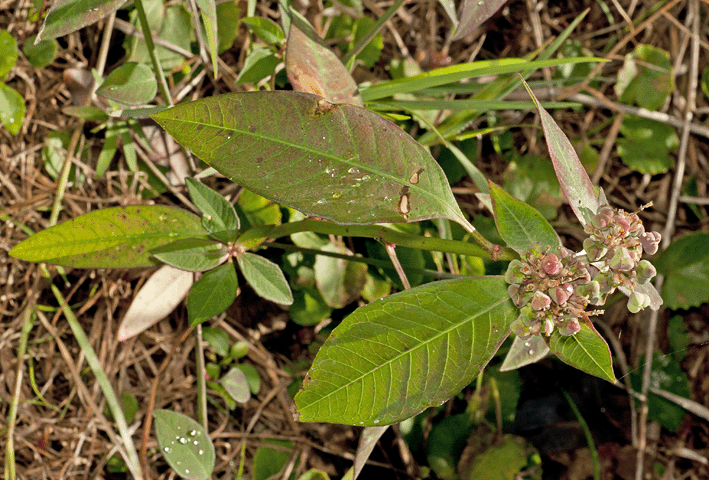 On January 13, 2014, this plant's identity was confirmed from these photographs by Roger Hammer, author of Everglades Wildflowers and Florida Keys Wildflowers.
On January 13, 2014, this plant's identity was confirmed from these photographs by Roger Hammer, author of Everglades Wildflowers and Florida Keys Wildflowers.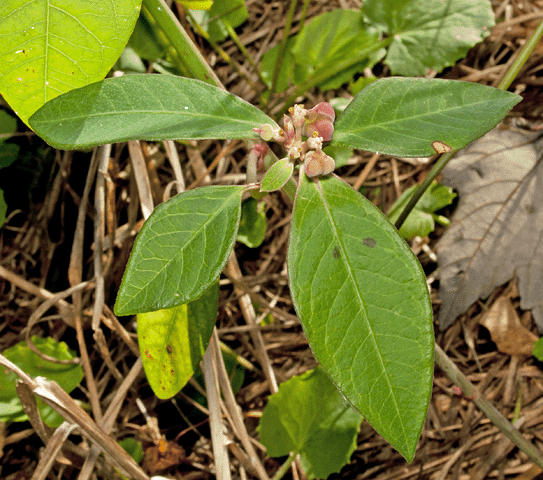
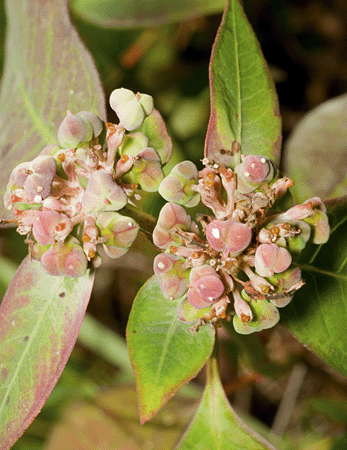 Cyathia (false flowers) are greenish-yellow and clustered at the tips of the branches. They are tiny cup-like structures which each contain several tiny male flowers and one female flower. Cyathia have no petals.
Cyathia (false flowers) are greenish-yellow and clustered at the tips of the branches. They are tiny cup-like structures which each contain several tiny male flowers and one female flower. Cyathia have no petals.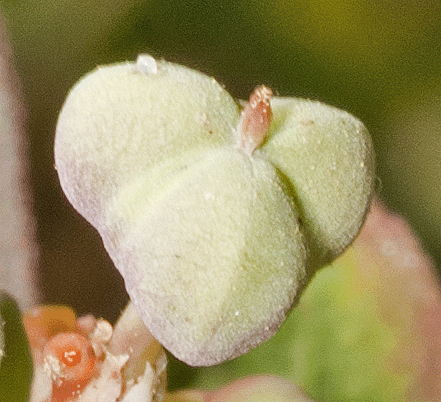 As shown in the fourth photograph, fruits are small, three-lobed capsules (3-4 mm long and 5-6 mm across); each capsule contains three seeds.
As shown in the fourth photograph, fruits are small, three-lobed capsules (3-4 mm long and 5-6 mm across); each capsule contains three seeds.